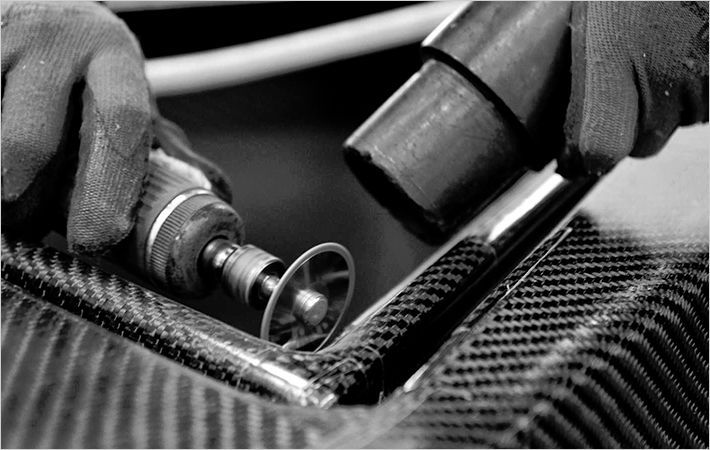The €4.6 million EU 7 Bacteriosafe project, initiated in 2010 and co-ordinated by the Max Planck Institute until June 2014, has brought together Germany’s Freudenberg and Paul Hartmann with research institutes and universities in Belgium, Finland, Ireland, Germany and the UK – in addition to drafting-in specialists from the University of South Australia.
The aim of this consortium has been to construct, test and develop a unique active wound dressing which incorporates a colorimetric sensor and active therapeutic processes for detecting and counteracting pathogenic bacteria in wounds.
In an attack on healthy human cells by bacteria, the outer cell walls are ruptured by an array of protein toxins, lipases and other enzymes.
The Bacteriosafe researchers have worked to mimic this natural process except that, instead of toxins, engineered and biologically-derived antibiotics and antimicrobials are liberated. These are contained in surface-immobilised nanocapsules which have been bound into wound dressing materials such as polypropylene or polyethylene nonwovens, using plasma-assisted processes.
It is believed this will minimise the need for frequent traumatic changes of wound dressings and at the same time provide a simple optical indicator of the existence of bacteria, which is critical in burn wounds where the delayed detection of infection can result in fatality.
The effect of a burn injury, of course, can be traumatic and is generally associated with scarring and disfigurement. But even with smaller burns, burn-related infection can turn a minor health issue into one that risks a child’s life.
Young children are also at a greater risk of serious side effects from complications of infection, such as Toxic Shock Syndrome (TSS). The researchers anticipate that a product of the type aimed for in the Bacteriosafe project will reduce the chance of such fatal infections by at least 50%. In addition, it will speed up and improve burn wound care and aid medical staff in their daily routine.
Because the anticipated wound dressing will signal infection, a second side-effect will be to reduce the number of wound dressing changes. This of course means an improved use of resources, less waste and better patient care.
The project has involved both the research into the basic mechanisms of device operation, the development of prototype devices and the process engineering which is necessary to prepare it for large-scale industrial production.
As such, its key aims are:
The partner institutions have so far developed 13 different types of nanocapsule for the sensing and treatment of infection which show potential for further development. These have been synthesised using solely biologically-compatible and degradable materials and, in many cases, are based upon biological molecules.

